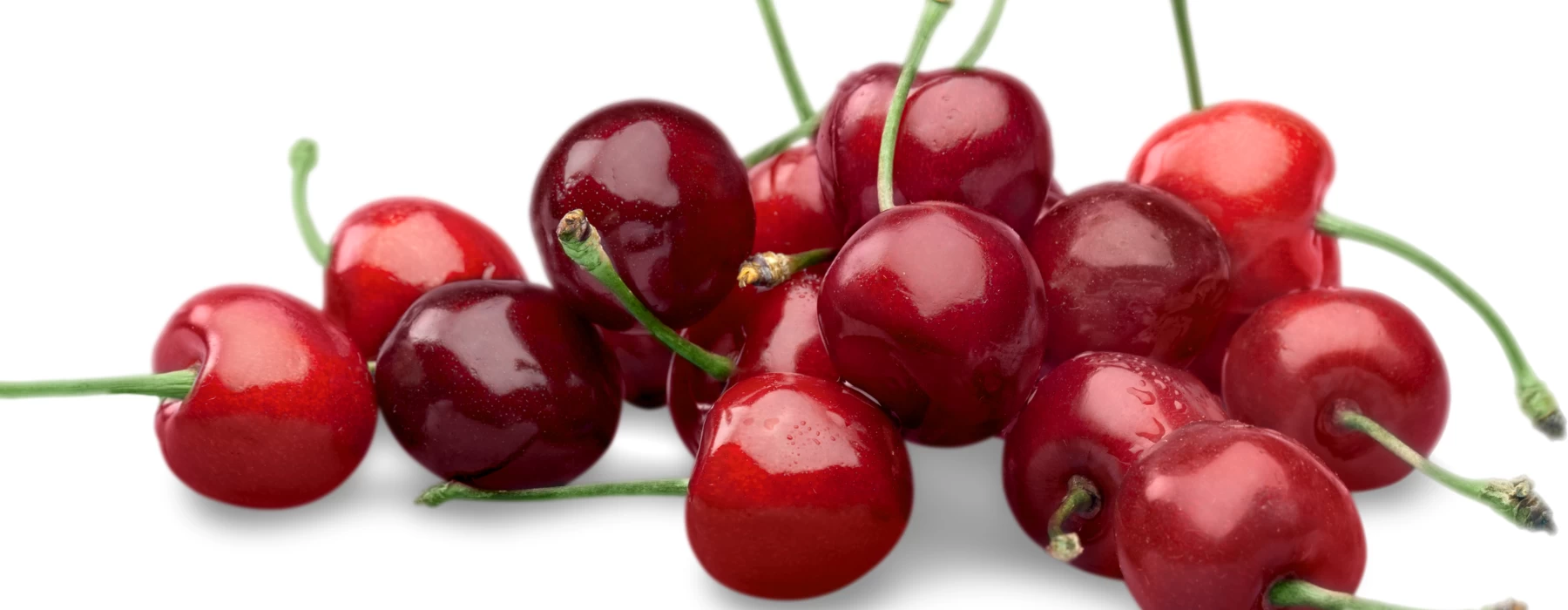Red Cherries
Red Cherries

Cherries are small fruits having a variety of colour and flavor. The two major varieties are sweet and tart. Both are highly nutritious and are packed with high amounts of fiber, minerals and vitamins. Nutritional facts of 1 cup (154 gms) red sweet cherries:
|
Calories |
97 |
|
Protein |
2 grams |
|
Carbs |
25 grams |
|
Fiber |
3 grams |
|
Vitamin C |
18% of RDI |
|
Potassium |
10% of RDI |
|
Copper |
5% of RDI |
|
Manganese |
5% of RDI |
Health benefits of cherries:
1. Excellent source of beneficial nutrients
These nutrients provide numerous health benefits, especially fiber, vitamin C, and potassium. Fiber aids in regular bowel movement and also feeds beneficial gut bacteria. Vitamin C boosts the immune system and is also needed for skin health. Potassium performs several crucial functions in the body, including muscle contraction, nerve function, blood pressure regulation, and many more.
2. High in antioxidants
Maximum health benefits provided by cherries are attributed to antioxidants present in it. The high antioxidant content reduces the oxidative stress, hence avoiding multiple chronic diseases and premature aging. Cherries are especially high in polyphenols. Polyphenols are linked with reduced inflammation, reduced cellular damage, and promotion of overall health.
3. May decrease the time taken for exercise recovery
Anti-inflammatory and antioxidant compounds of cherries help relieve exercise induced muscle pain, damage, and inflammation.
Downsides of Red Cherries
-
They are prone to disease and pests, such as cherry leaf spot and cherry fruit fly.
-
They require regular pruning and maintenance to ensure healthy growth and fruit production.
-
They have a relatively short shelf life and can be difficult to transport and store.
-
They are relatively expensive compared to other fruits.
-
The tree is often subject to cracking in adverse weather conditions such as frost or heavy rain.
-
Some cultivars are not winter hardy and may need protection in cold climates.
-
Some cultivars are self-incompatible and require cross-pollination from another cherry tree to set fruit.
